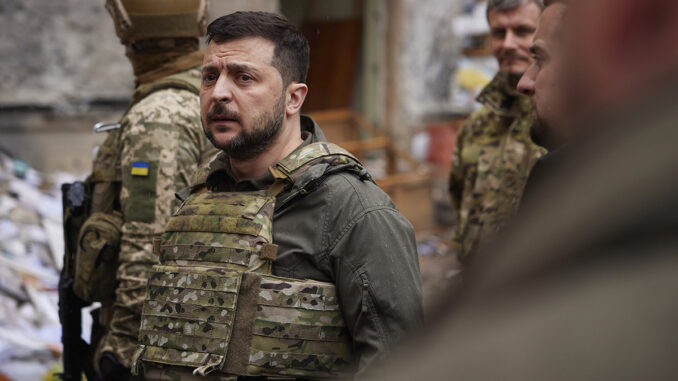
Sanctions alone can’t halt Russia’s war machine, but combined with advanced weaponry, coordinated diplomacy, and resilient infrastructure, they just might shift the balance. The latest flurry of announcements from London, Washington, and Brussels signals a tightening noose around Moscow’s energy revenues and a renewed push to equip Kyiv for long-range strikes. But beneath the headlines, complex military, economic, and technological calculations are at play.
In the past weeks, Prime Minister Keir Starmer, President Volodymyr Zelensky, and a coalition of more than 30 allied leaders have met to accelerate missile deliveries, cut off Russian oil exports, and reinforce Ukraine’s defenses in advance of winter. The stakes could not be higher: Russia’s intensified bombardment of Ukraine’s energy grid imperils both civilian survival and regional stability. This listicle examines seven developments-from upgraded naval drones to the Tomahawk missile debate-that could define Ukraine’s battlefield posture and diplomatic leverage in the months ahead.

1. UK’s Accelerated Missile Production
Sir Keir Starmer confirmed that Britain would accelerate its missile manufacturing program, including more than 5,000 lightweight multirole missiles to be delivered to Ukraine and 200 new jobs created at Thales in Belfast. The short-range, laser-guided systems are aimed at improving air defense against drones and low-flying aircraft in the harsh winter months. Lacking the deep-strike capability of cruise missiles, the rapid deployment reflects a broad allied strategy to strengthen Ukraine’s layered air defenses ahead of heavier attacks on energy infrastructure.
The acceleration is part of a £2.1 billion deal between the defence industry and Kyiv, underlining the UK’s role as one of Ukraine’s most committed military backers. Starmer framed the move as a response to Russia’s “depraved strikes” on civilians, linking domestic security directly to Ukraine’s survival.
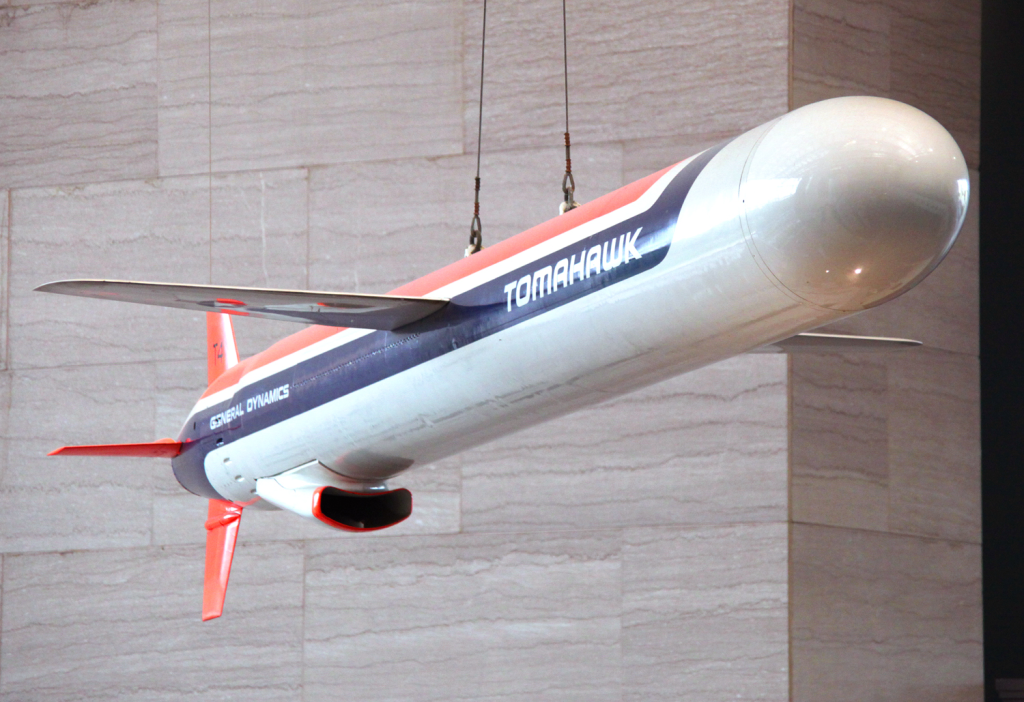
2. The Tomahawk Missile Debate
President Donald Trump has oscillated between signaling openness and reluctance to supply Ukraine with Tomahawk cruise missiles. These precision weapons, which have a 1,000-mile range, would reach deep inside Russia and could strike energy infrastructure important to its war economy. Proponents argue that hundreds of Tomahawks could achieve effects like those of the “catastrophic” WWII Allied oil campaign on enemy logistics.
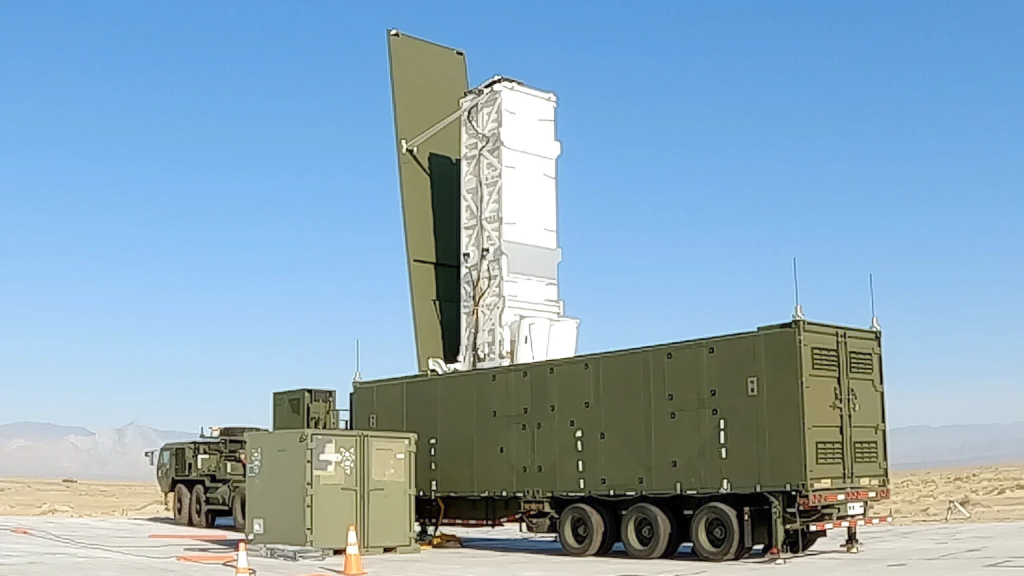
But any transfer has so far been stymied by U.S. inventory constraints, Pacific theatre priorities, and political caution. There are limited numbers of land-based Typhon launchers in the Pentagon, and redeploying such weapons from Asia or Europe would undermine deterrence against China. The Kremlin has warned that the provision of such systems would represent a “major escalation” while Ukrainian officials see it as their best opportunity to force Moscow into serious negotiations.
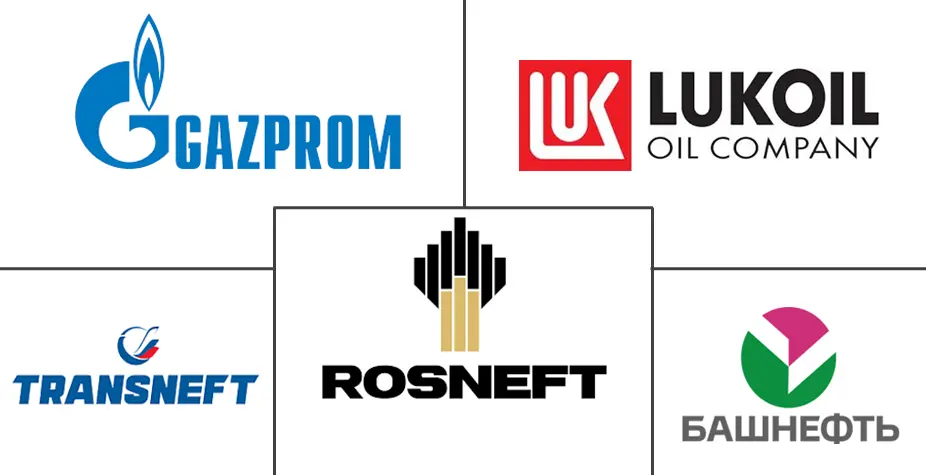
3. Sanctions on Russian Oil Giants
A new, synchronized sanctions package from the US, UK, and EU targets Rosneft and Lukoil of Russia the country’s two biggest oil producers in a bid to slash revenue that has been financing the Kremlin’s military actions. Rosneft produces nearly half of Russia’s oil output, or about 6% of global supply, with big clients including China, India, and Turkey.
While analysts caution that sanctions-proofing measures and alternative payment systems in yuan and rubles will blunt the immediate impact, early signs suggest India’s largest buyer of Russian oil is winding down its imports. French President Emmanuel Macron hailed the U.S. measures as a “turning point,” but enforcement-most significantly against Chinese refiners and ship-to-ship transfers-will determine whether these restrictions truly bite.
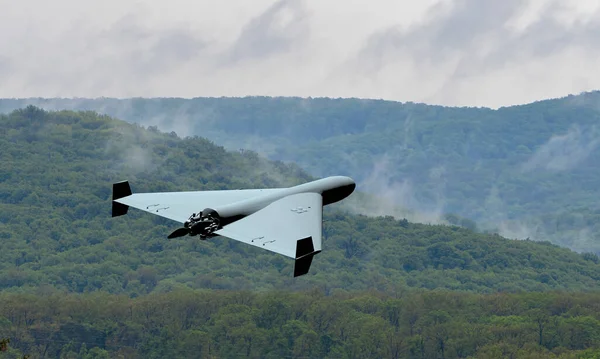
4. Offensive Use of Air Defense Strategy by Ukraine
From purely defensive interception, Ukraine has adopted the policy of pre-emptive strikes on Russian launch infrastructure. Greenlighted to strike deep inside Russia with Western-supplied weapons, Kyiv has been targeting oil refineries, ammunition plants and air bases in an effort to try to cut the number of missiles and drones reaching its cities. Among its boldest exploits, commercially available drones smuggled into Russia have struck six airbases thousands of kilometres from Ukraine, reportedly destroying strategic bombers.
It reflects the lesson of integrated air and missile defence, where it is far more efficient to destroy the threat before it can launch rather than try to intercept it in flight. It also reflects requests from Ukraine for both defensive and strike systems, and underlines rather than diminishes the case for long-range capabilities.
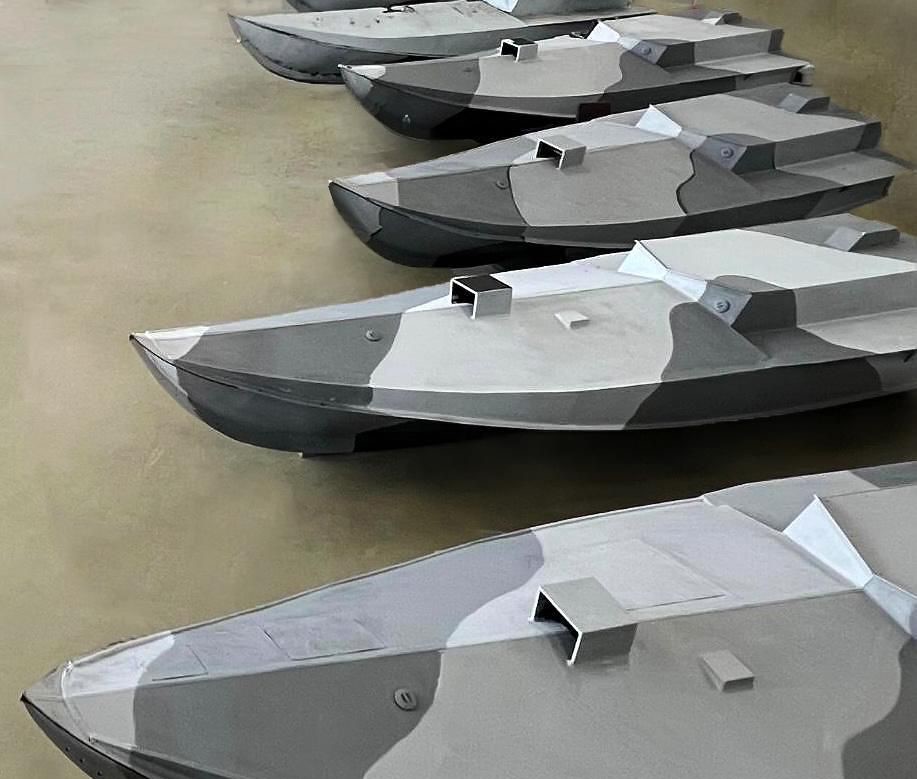
5. The ‘Sea Baby’ Naval Drone Upgrade
Ukraine’s Security Service revealed a new, upgraded “Sea Baby” unmanned vessel capable of operations across the entire Black Sea, with the capacity to carry up to 2,000 kg of payload and AI-assisted targeting. Variants now also include rocket launchers and machine gun turrets, expanding the roles from single-use strike craft to reusable, multirole platforms. The drones have already forced Russia’s navy to relocate its main base from Sevastopol to Novorossiysk and have been used in attacks on the Crimean Bridge. Brig. Gen. Ivan Lukashevych called the program “pioneering a new kind of naval warfare,” while it is partially crowd-funded and integrated into Ukraine’s wider military strategy.
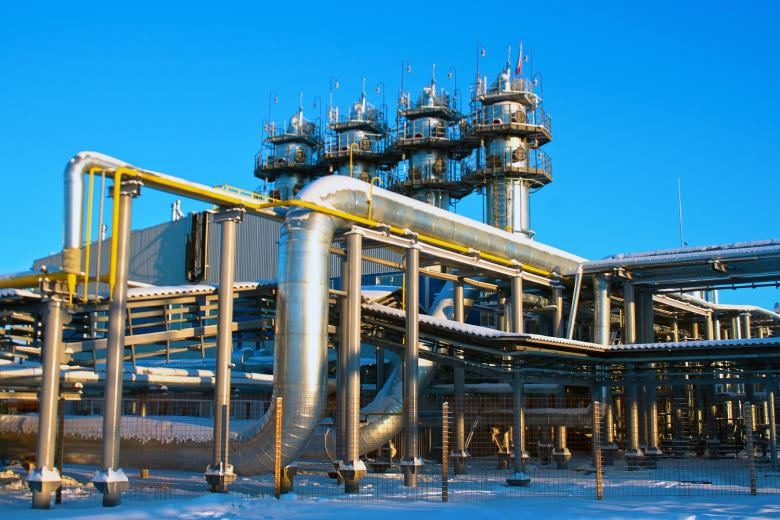
6. Energy Grid Resilience Under Fire
Intensified Russian strikes, such as the October 9 attack with 450 drones and 30 missiles, have disabled 60% of Ukraine’s gas production and repeatedly knocked out electricity in Kyiv. Quick repairs, a robust pre-war transmission network, and decentralized generation have helped Ukraine endure. Experts continue to call for the expansion of solar and wind microgrids as a way to flip the economics of attack-swarms of expensive drones make little sense against dispersed, low-cost generation nodes. The EU is called upon to fund such systems, both to secure Ukraine’s energy security and to remove external leverage over its grid.
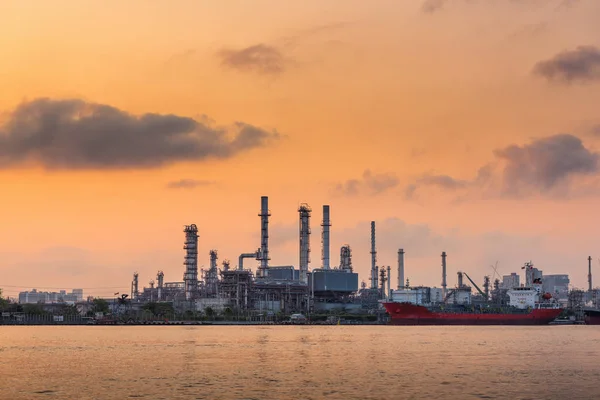
7. Diplomatic Pressure on Regional Energy Logistics
The urgent task of unlocking regional gas transmission capacity now rests with Ukraine’s allies. While Slovakia’s underutilized pipelines and Romania’s tight restrictions on gas exports, on their part, are constricting Kyiv’s broader ambition to import from western Europe even as LNG supplies surge. Unless these are sorted out, high tariffs and technical barriers threaten to artificially inflate deficits, forcing up prices across central and eastern Europe. Analysts warn that shortages could reverberate beyond Ukraine this winter without rapid political intervention from Brussels and Washington and that coordinated action on energy logistics is emerging as a crucial, if less visible, front in sustaining Ukraine’s war effort.
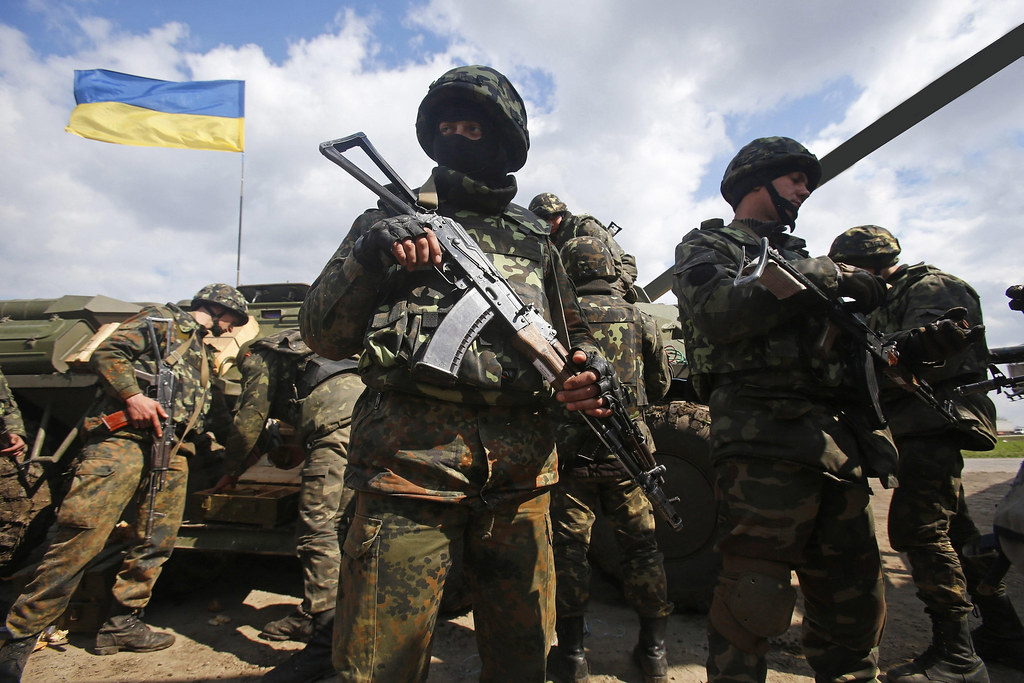
For Ukraine’s survival, military aid, economic pressure, and infrastructure resilience must be synchronized. The UK’s accelerating missiles, debates over Tomahawk transfers, and sanctions on Russia’s oil giants all indicate a strategy that melds battlefield capability with financial warfare. Yet, as illustrated by upgraded Sea Baby drones and decentralized energy grids, innovation and adaptability remain Ukraine’s most powerful assets. The coming winter will test whether such moves can collectively blunt Russia’s offensives and push the conflict toward a negotiated end.


